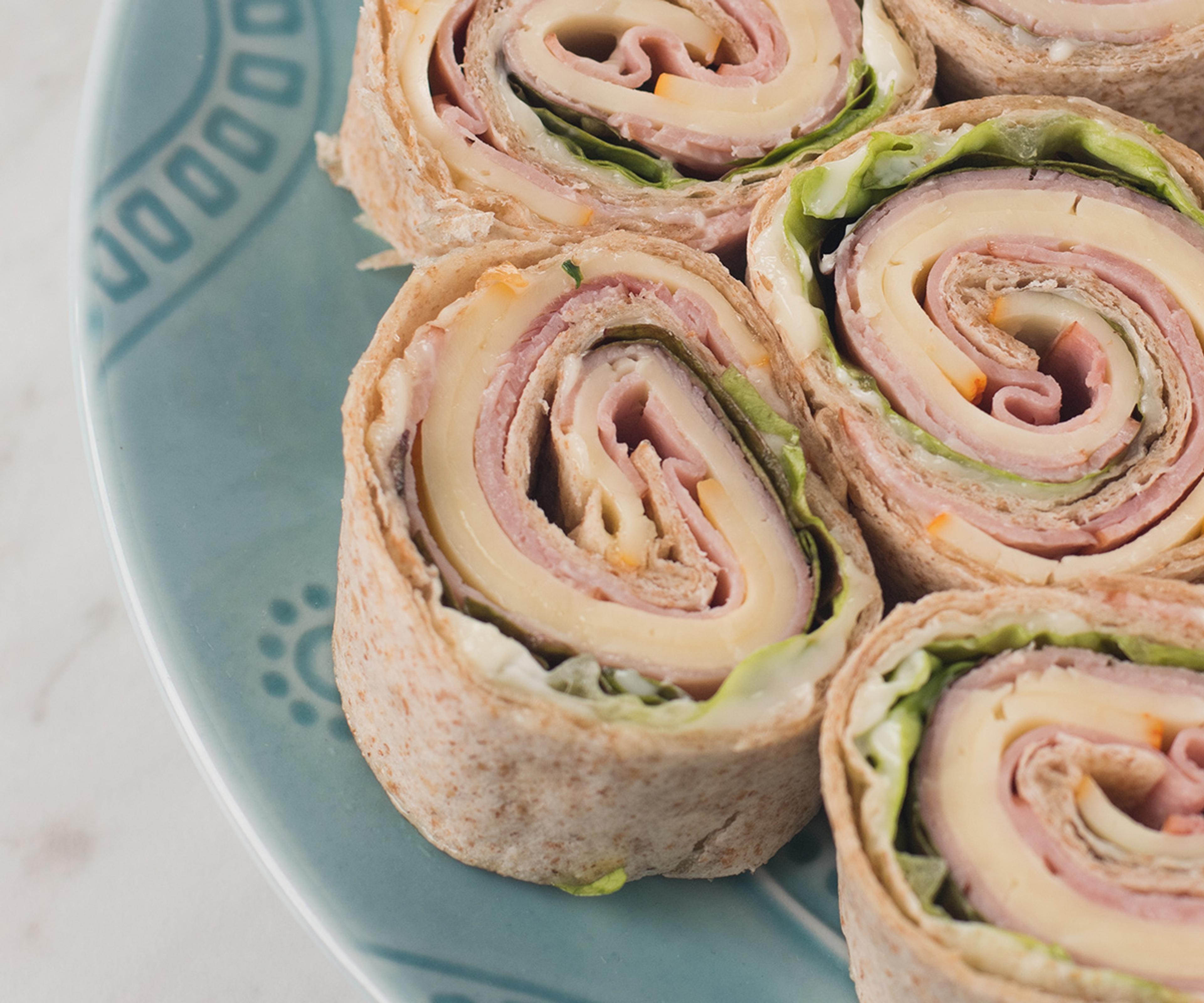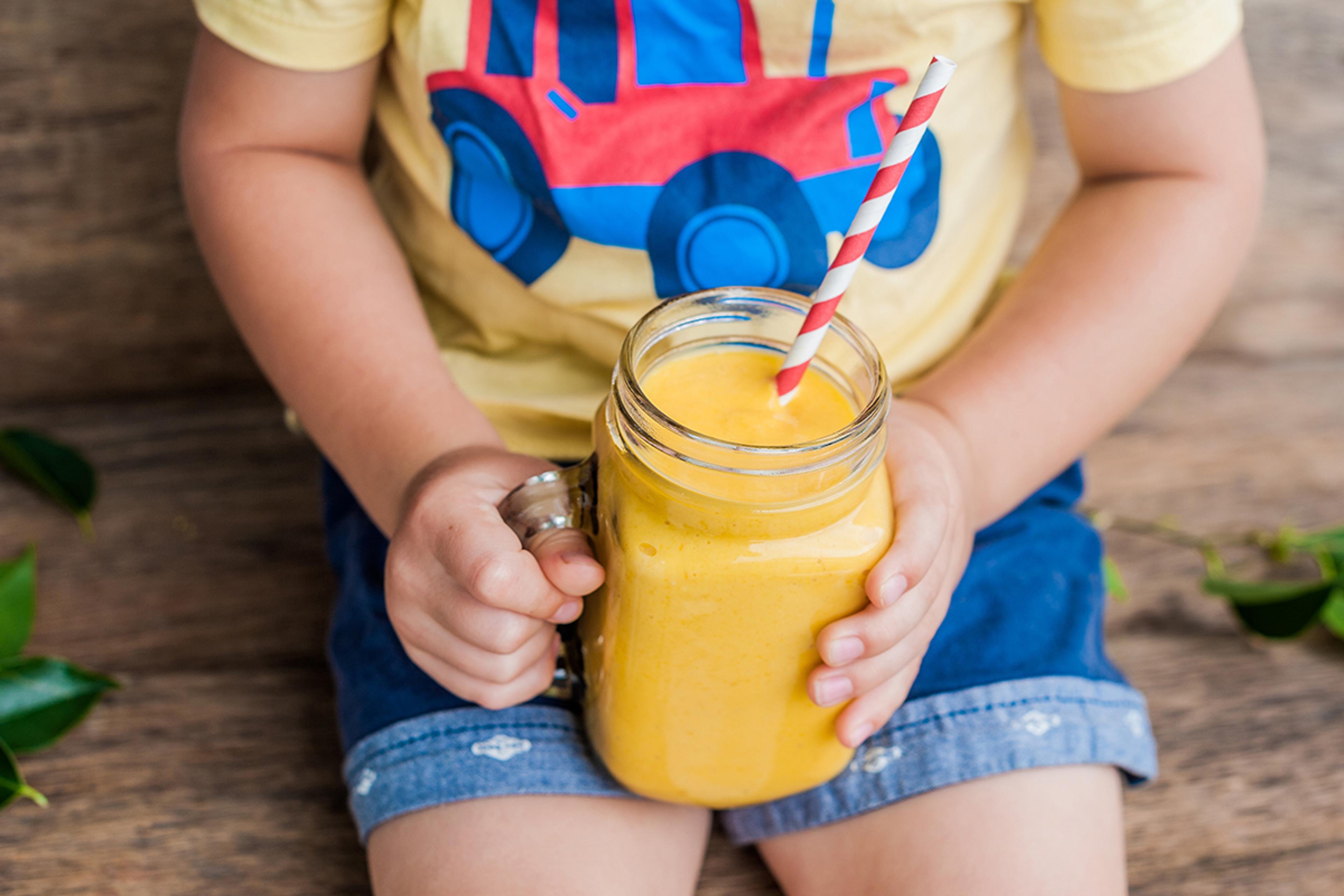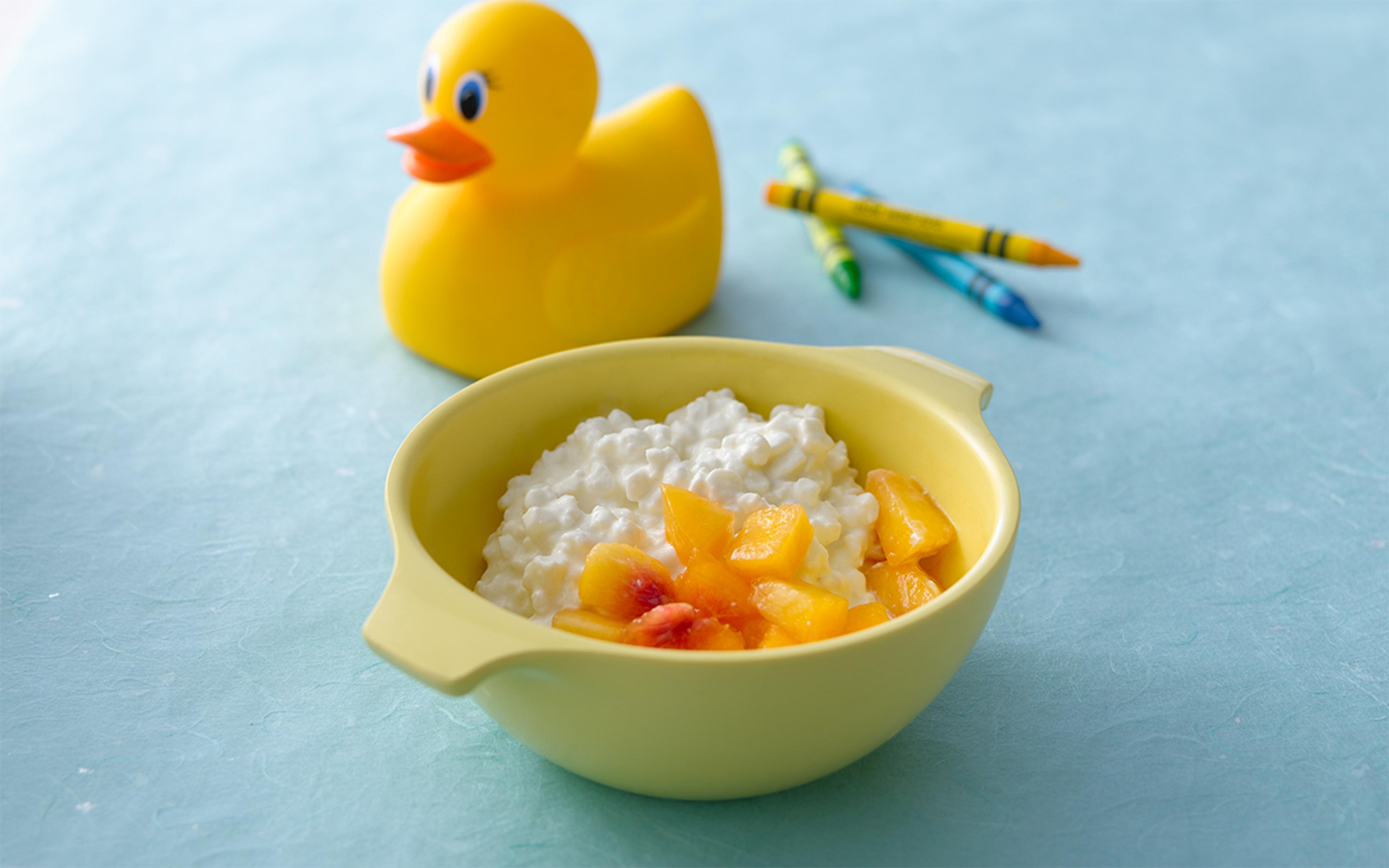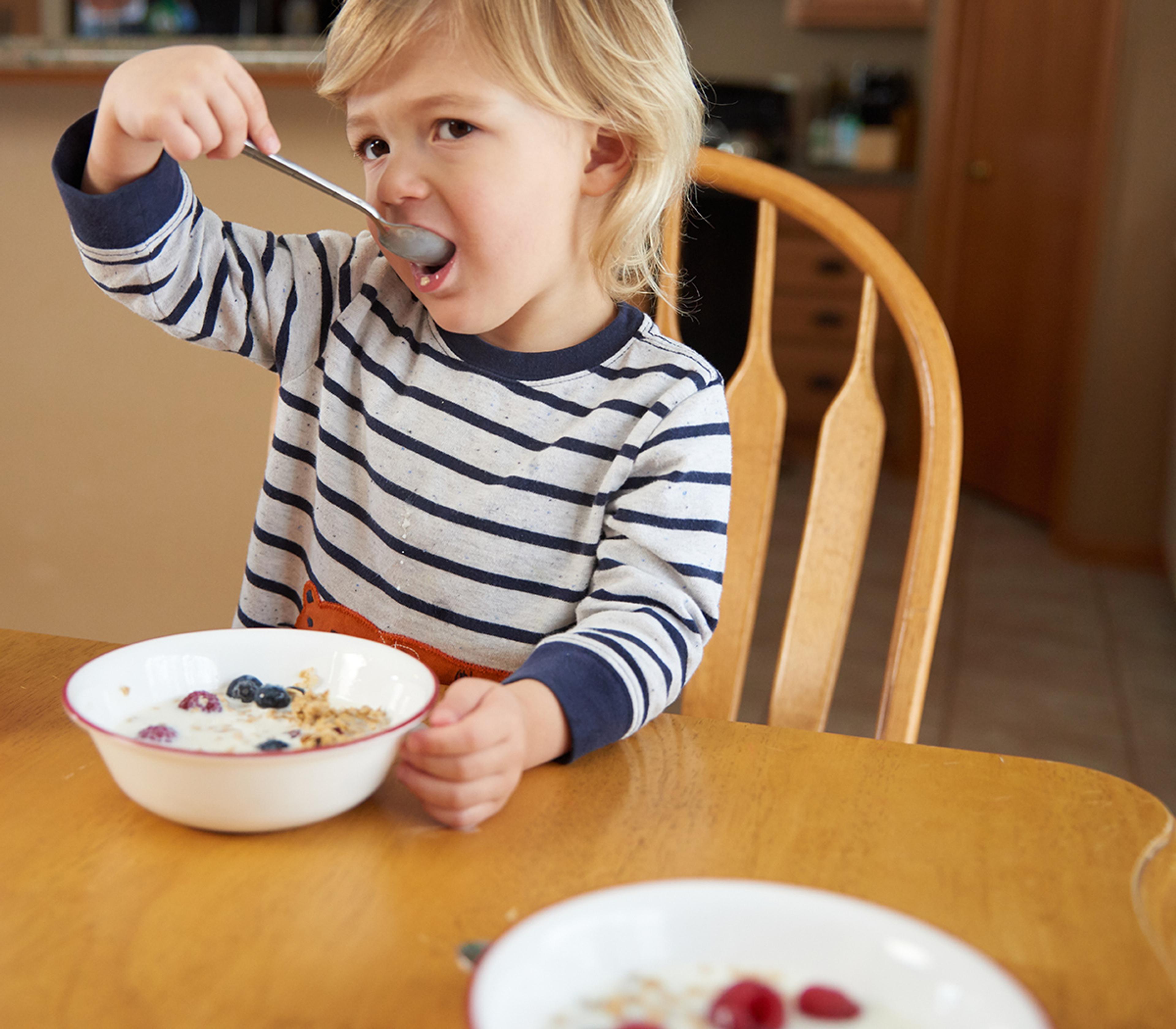
Food
Healthy Snacks to Fuel Your Entire Family
Snacking after school, before a soccer game, or during a car ride seems to be routine for most children. Since days are filled with the juggling act that is school, activities, and commitments, simple snacks have become an essential part of a family’s life.
“While meals make up the majority of a child's nutritional intake, most children eat at least one snack per day,” according to the American Academy of Pediatrics. “While many of the most commonly offered kids' snacks tend to be of lower nutritional value than meals, snacks still can support—or even enhance—your child's overall healthy eating plan.”
What Are Healthy Snacks?
“Healthy” is a subjective word, but there are FDA guidelines to help food manufacturers understand whether they can label their foods as “healthy.” Understanding these guidelines can also help American consumers make informed food choices.
- The fat source must be predominantly mono or polyunsaturated fat OR contain less than 3 grams of total fat per reference amount customarily consumed (RACC)
- Must contain less than 430 mg sodium per RACC
- Equal to or less than 60 milligrams of cholesterol per RACC
- Must provide at least 10% of the daily value of one or more key nutrient (like calcium or vitamin D) per RACC
As a registered dietitian-nutritionist, I agree with most of the FDA’s recommendations listed above. As a busy working mother to an active four-year-old, I also understand that it’s not practical to scour nutrition labels and do calculations in your head while keeping your child from throwing every packaged snack with a cartoon character on the box into your cart while grocery shopping. Snacks need to give the kids some nutritional value and not load them up with just calories and saturated fat. For instance, snacks like cheese do contain natural fat, but they also provide calcium, phosphorus, vitamin A, and high-quality protein. These features make cheese an excellent part of snacktime for kids.

Pinwheels made with a whole grain wrap and slices of organic turkey and cheese, plus a veg or two make a fueling snack that’s fun to boot.
What to Look For in a Healthy Snack
First and foremost, snacks need to taste good and they need to fit into your lifestyle. Once those priorities are met, there are some criteria that could help families navigate snack-attack time.
Skipping the pre-packaged salty and sugary snacks that don’t give kids much in the nutrition department and picking better-for-you snacks is totally do-able by combining the guidelines suggested by the FDA with some of my tips listed below:
- Choose organic options when possible (just remember, organic cookies and chips are still junk food!)
- Choose snacks that are free from artificial colors and flavors, preservatives, and added sugars. Focusing on foods that provide natural sugar like organic milk and fruit are a better choice.
- Focus on foods that fuel the body with key nutrients that are essential during the pediatric years like calcium and vitamin D.
- Choose a snack combo that provides some protein, carbohydrate, and fat to help keep your kiddos satisfied until dinnertime and to help avoid hangry meltdowns.
- Make sure you are not offering your child a snack that provides her with too many calories. A toddler is going to need far fewer calories than a teenage athlete. In general, the calories provided by the snack should be fewer calories than what her meals provide.
In short, ensure the snacks you’re feeding your kids (and yourself!) aren’t just giving them calories and filling their bellies. They should also provide nutrients that will help them stay fueled, nourished, and focused.

Fruit and milk are always a good—and simple!—snack choice.
Recipes! 5 No-Fuss Kid-Approved Snack Ideas
Avoiding sugary/salty/artificial snacks while focusing on a balance of nutrients and having your kiddos actually eat it may sound like a lot of work, but thanks to so many options on the market today, it’s actually pretty simple to do.
Ricotta Dip with Sliced Apples
Younger kids love to dip their food. It gives them a sense of control and, let’s face it, dipping is fun! Making a simple dip using ricotta cheese as a base provides a high-quality protein that is much lower in sodium than many pre-packaged dips out there. Combining it with some fruit or whole grain pita chips is a perfect combination for a fun and satisfying snack.
Mix ½ cup ricotta cheese, 1/4 very ripe mashed banana, ½ Tbsp. Organic Valley milk, ¼ tsp. vanilla extract, and a sprinkle of cinnamon. Serve with organic sliced apples or whole grain pita chips for dipping.

Hide vegetables in a delicious smoothie to sneak extra nutrition into your child’s diet. Slurped with a fun straw, they won’t even know it’s healthy!
Cherry Chocolate Smoothie
Smoothies are a kid-favorite, but they can be high in sugar and low in protein, which could lead to a blood sugar crash shortly after enjoying it. One way to boost protein without added fat would be to use Organic Valley's fortified lowfat or skim milks, which blend in nonfat dry milk powder for extra protein and calcium without added fat. (It's milk with more milk in it!) Whether you use a high-protein milk or add protein through peanut butter, nuts, Greek yogurt, or even lowfat cottage cheese or tofu (they both work great in smoothies!), including protein in your smoothies will make the snack much more satisfying.
- 1 cup Organic Valley Chocolate Milk
- 1 Tbsp. plain nonfat Greek-style yogurt (or to taste)
- ½ cup washed fresh spinach
- ½ cup frozen pitted cherries
- 1 cup ice
- 1 Tbsp. milled flax seeds (optional, see note)
Blend all ingredients until smooth and enjoy!
Note: Flax seeds provide extra healthy fats, fiber, and antioxidants. If your child enjoys the taste, it is an excellent addition to snacks like smoothies!

Lowfat cottage cheese plus some cut fruit make for a good-for-them snack with protein and a little sweetness.
Cheese and Fruit Kebab
You can serve your kids a piece of cheese and a bowl of grapes, but isn’t it more fun to eat a fruit and cheese kebab on a stick?
Kids eat with their eyes first, and fruit and cheese kebabs are a fun surprise to nosh on at snacktime. Using Organic Valley Stringles is a perfect protein and calcium source that, when combined with the fruit, will help keep your kids fueled and satisfied. The Stringles are individually wrapped and pre-portioned to serve your kiddo the ideal snack-sized quantity—no need to measure or worry if you’re giving them too much. If you are feeling extra Pinterest-y, you can cut shapes out of the fruit and cheese to make an edible magic wand or sword!
This is a great snack for older kids. Toddlers and preschoolers may be a bit young to eat with a stick.

Use whole-grain English muffins to make snack-sized pizzas on a rainy weekend afternoon. Thick-cut shredded cheese provides a little protein, and opt for veggies instead of meat to provide nutrients.
DIY English Muffin Pizza
Getting kids in the kitchen is a great habit to get into, and DIY English muffin pizzas are a perfect kid-friendly snack for after school or a rainy weekend afternoon. Organic shredded cheese provides protein and a little fat for energy without having to worry about added pesticides, hormones, or GMOs on your child’s plate.
To make, slice a whole-grain English muffin in half, top with reduced sodium jarred pizza sauce, Organic Valley Thick-cut Shredded Mozzarella Cheese, and chopped veggies (or pineapple!). Have an adult broil the pizza until the cheese melts. Enjoy it with a serving of fruit or a veggie on the side for a stick-to-your-ribs snack that is as fun to make as it is to eat!
This can also be used as a part of a quick meal. Just pair the pizza with a piece of fruit, small salad, and a glass of 2% milk for an easy-breezy weeknight dinner.
Cheese “Chips” and Dried Fruit
Traditional potato chips may be an easy snack to grab, but they are loaded with sodium and don’t provide many vitamins or minerals. They wouldn’t be considered “healthy” by a dietitian’s standards.
Swap out your kiddo’s traditional chips for some cheese crisps! Heat your oven to 400 degrees and line a baking sheet with parchment paper. Arrange shredded cheddar cheese in 12 small heaps on the baking sheet and bake about 8 minutes or until golden-brown. Cool before eating. Experiment with thick cut vs. finely shredded cheese to see which you like best.
Serve with some dried or fresh fruit for a protein/carb combo that may actually keep your kids from grabbing the potato chip bag later in the day!

Sugar-free cereal plus fresh fruit topped with some Organic Valley Milk makes a reliable kid-friendly snack or breakfast.
Bottom Line
Choosing nourishing snacks is just as important as serving your family a well-balanced meal. Being aware of common nutrient gaps in a child’s diet will help you navigate which foods to focus on for snacks.
For example, less than 15% of teenage girls meet the recommended dietary allowance of calcium in the United States, according to data published in The Journal of Nutrition. Combining a snack with an 8-ounce glass of Organic Valley Ultra-Filtered Milk will give your teenager 429 mg of calcium—or 33% of her estimated daily needs of this important mineral.
Using snacktime as an opportunity to fuel your child with essential calcium as well as high-quality protein and other vitamins and minerals is a fantastic way to help support a healthy diet.
Lauren Manaker is an award-winning registered dietitian and book author. After spending over 15 years working in health care and industry, she started a consulting business focusing on reproductive, pediatric and women’s health. Lauren resides in Charleston, South Carolina, with her husband and young daughter. In her spare time, she can be found enjoying an outdoor oyster roast in the cooler months, doing anything on the water in the warmer months, and practicing yoga year-round.
Related Articles
- Tags:
- organic nutrition,
- snacktime















